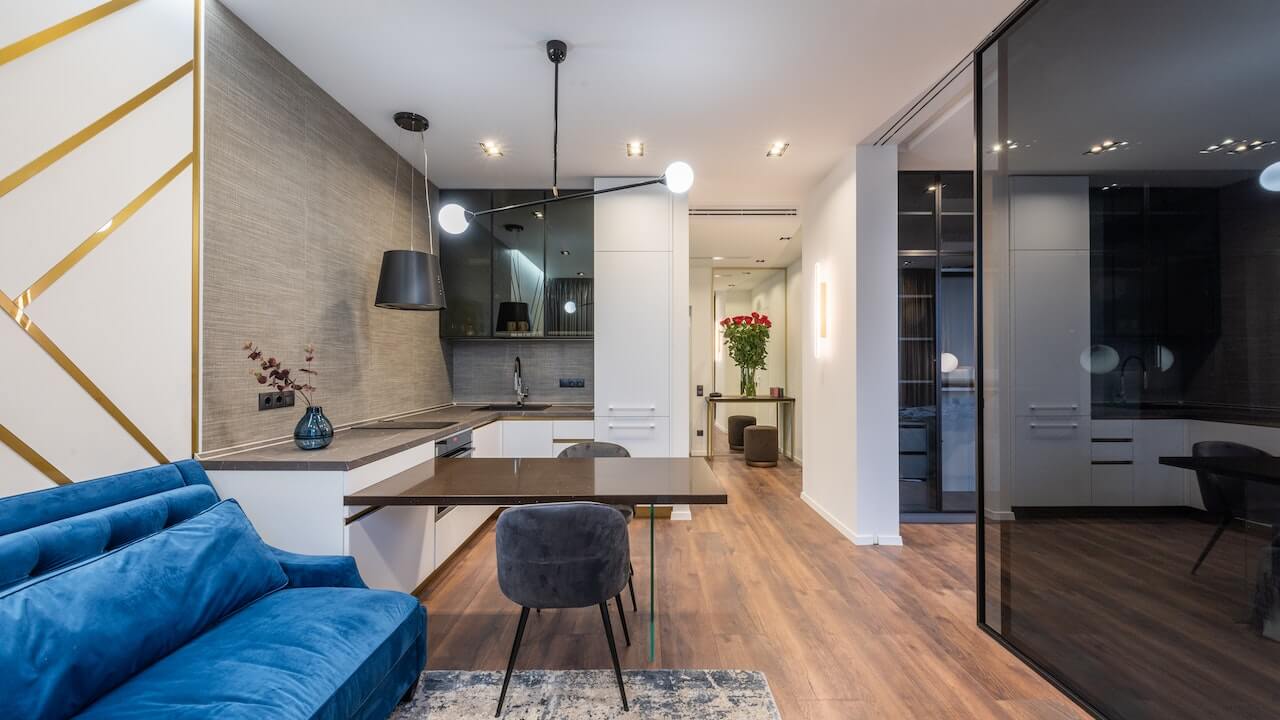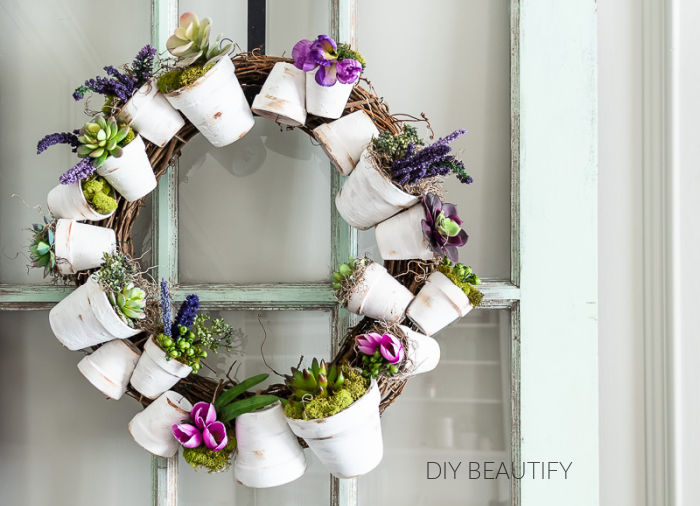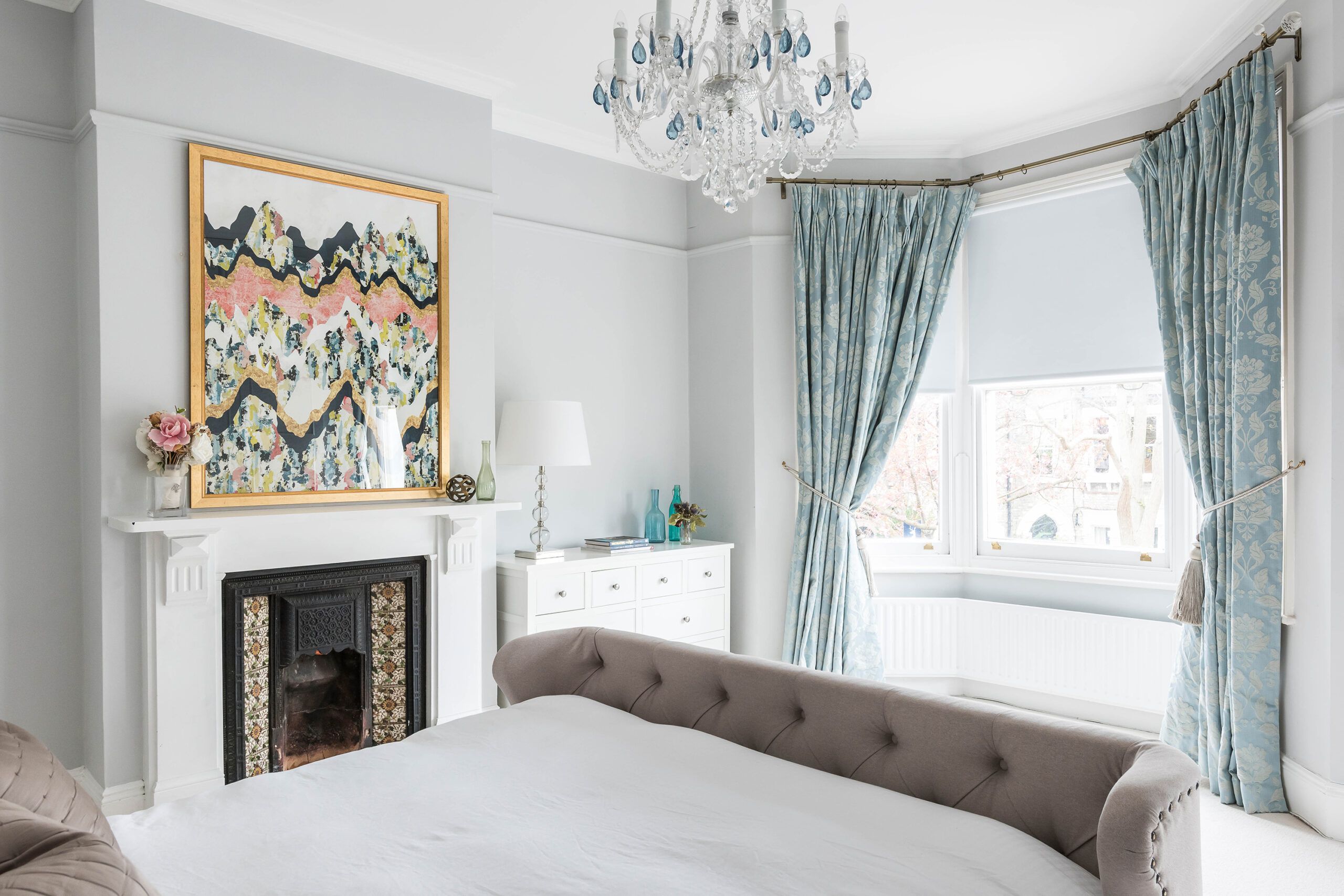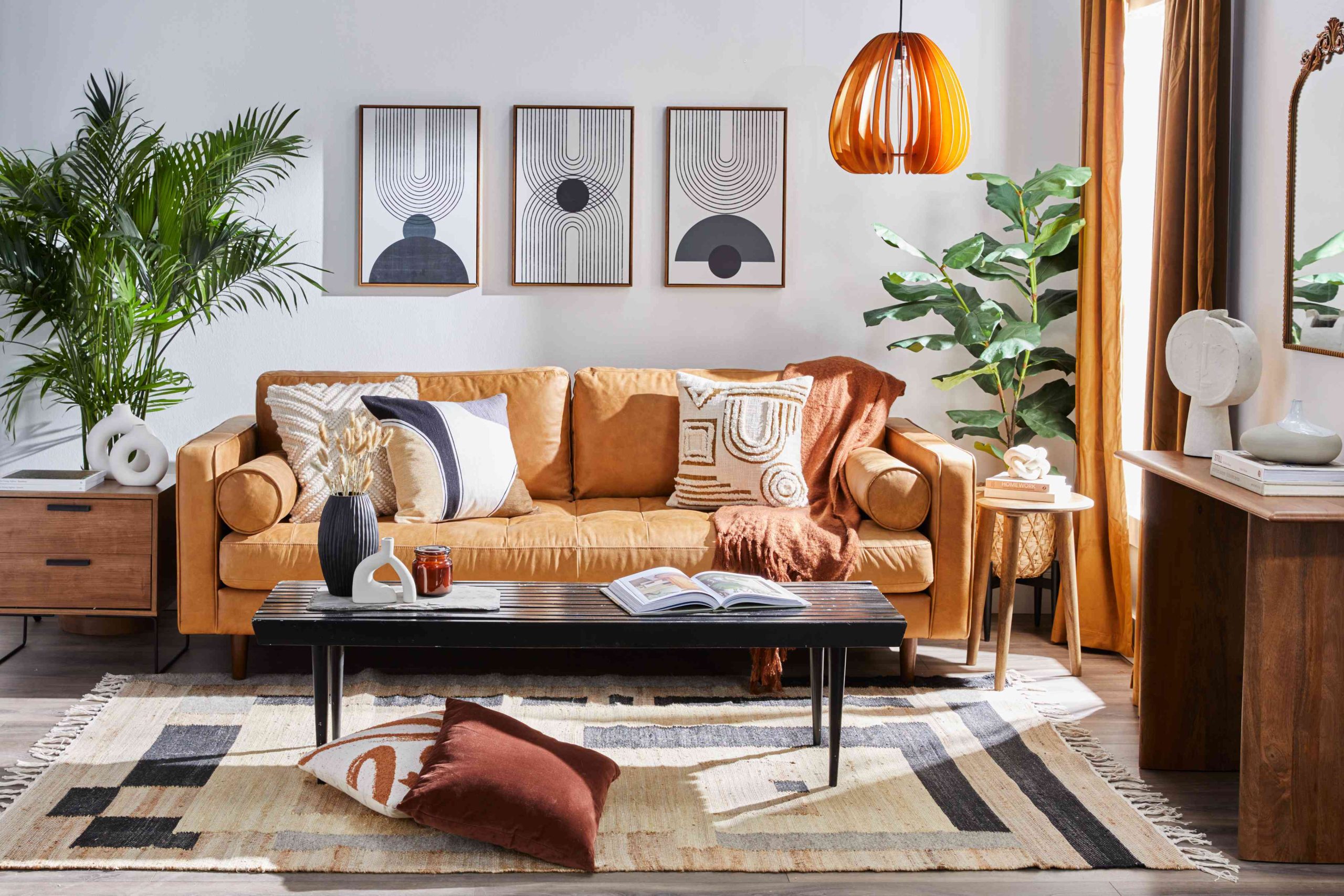With city living and urbanization on the rise, the importance of learning how to manage small spaces is a crucial skill. How do you maintain functionality and style in your space without feeling cramped? Choosing the right furniture for your small space could be the answer. This article will guide you on how to maximize your small living space with essential furniture pieces that offer both functionality and style.
Understanding Space: Before Choosing Furniture
Before we delve into furniture, we must first understand how to read our spaces. Small spaces can be deceptive, and it’s easy to underestimate how much room you have to work with. Measurements play a crucial role here. Measure every nook and cranny and note it down. It’s not just about the floor area but also about the height, depth, and configuration of windows and doors. There are plenty of online tools like RoomSketcher to help you plan your space accurately.
Functional Furniture: Multifunctional is Key
Multifunctional furniture is a small space dweller’s best friend. It serves dual purposes or more, thus saving you precious space. For example, an ottoman can double up as storage and extra seating. Other great examples include coffee tables with storage compartments and beds with built-in drawers. IKEA, a well-known furniture brand, excels at creating multifunctional pieces. Their Friheten sofa bed is a popular choice for small spaces due to its built-in storage and ability to convert into a bed.
Transformable Furniture: The Game-Changer
Transformable furniture takes multifunctionality to another level. One minute it’s a bookshelf, and the next, it’s a desk. An Italian company, Clei, is famous for its innovative designs. Their rotating wall bed unit, ‘Swing,’ provides a pull-down double bed, and a living area with a sofa and bookshelf, all in one small footprint. This flexibility is a game-changer in small spaces, where it’s important to quickly adapt the space to different needs.
Vertical Space: Utilizing Every Inch
Vertical space is often underutilized in small spaces. Using furniture that reaches up rather than out can be a major space saver. Wall-mounted shelves, tall bookcases, and hanging racks all free up floor space and create more room for movement. Also, it gives the illusion of a taller room. The Svalnäs wall-mounted workspace from IKEA is a great example of vertical furniture.
Essential Furniture Pieces for Small Spaces
A few essential furniture pieces can work wonders in maximizing your small space. A sofa bed or a futon is a versatile piece that can transform your living room into a bedroom for overnight guests. Nesting tables are also great as they can be expanded or compacted as needed. Consider a wall-mounted desk or foldable workstation for a home office. Corner shelves utilize those tricky corners, and extendable dining tables can expand to accommodate extra guests and contract when not in use.
Light and Mirrors: Creating an Illusion of Space
While not furniture per se, light and mirrors play a crucial role in enhancing your small space. Natural light makes a space look larger, so use light, sheer curtains. If natural light is limited, ensure you have plenty of layered lighting: ambient, task, and accent. Mirrors reflect light and create an illusion of depth. Try a large mirror on a wall, or even a mirrored closet door, to visually enlarge your space.
Furniture Arrangement: Strategic Placement
Placement is as important as the furniture itself. Place larger pieces along the walls to keep the center free and create a sense of spaciousness. Also, floating furniture away from the walls, even a few inches, can create a feeling of roominess. It’s all about creating an illusion of more space.
Case Studies: Real-Life Examples of Small Space Maximization
Real-life examples provide great insights into small-space maximization. For instance, Felice Cohen, who lived in a 90 sq. ft. apartment in Manhattan, creatively used vertical space and minimalist furniture to make her tiny home livable. Similarly, Graham Hill, founder of LifeEdited, designed a 420 sq. ft. apartment to serve the function of a much larger space with transformable furniture and intelligent design.
Conclusion
Choosing the right furniture for your small space does not mean compromising on style or functionality. By employing smart furniture choices like multifunctional, transformable pieces and utilizing vertical space, you can make your small space feel spacious and comfortable.
Resources and Shopping Guide
To help you on your journey, here are a few resources for further reading: ‘The Little Book of Living Small’ by Laura Fenton, and ‘Small Space Style: Because You Don’t Need to Live Large to Live Beautifully’ by Whitney Leigh Morris. As for shopping, check out IKEA, West Elm, and Wayfair for their range of space-saving furniture.



